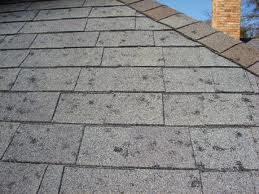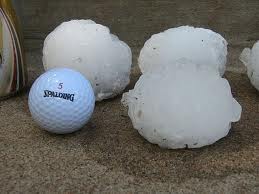Dear Property Investor:
I have encountered this situation so many times during my insurance career that I need to mention this in today’s post. And, it seems that I can’t mention it often enough. In spite of these warnings, this predicament occurs with frightening regularity.
Let’s say you buy an investment property. It’s your first. You call your insurance agent to get the new policy issued. They tell you that you can buy property insurance for the investment, but that you can also “extend” the liability from your current home to the new rental property – basically making the liability on your Homeowner’s insurance cover both your own house and your rental property.
Sounds convenient and reasonable, right?
This was done quite a bit in the good old days of insurance. In fact, many insurance companies allowed you to add SEVERAL rental properties to the liability portion of your Homeowner’s insurance. Many times for NO CHARGE at all.
Of course, as lawsuits and landlord/tenant issues became more and more expensive and complicated, this practice started to go away. To an extent.
While many insurance companies no longer allow “additional” properties to be listed on a Homeowner’s insurance policy at all, there are a few notable companies that still do this.
Here’s the problem. Let’s say you follow the advice of your real estate attorney and buy the investment property in the name of an LLC that you have established for this purpose. Excellent idea. Let that LLC take on the liability risk for the new property, and let the LLC get the property insurance policy, as well. All good.
But, if you have “extended” the liability portion of the insurance for this rental property from your Homeowner’s policy, remember that your Homeowner’s insurance is in YOUR NAME. It isn’t in the LLC’s name, who happens to be the owner of your rental property.
You may have just unwittingly co-mingled your insurance.
Worse yet, if the Homeowner’s insurance company isn’t aware of the LLC’s existence (they may only know that you happen to have a rental property, and assume that it’s in your name), they could conceivably DENY any claim that comes from the rental property.
Why? Because they only insure YOU, not the LLC.
And, if you have the good sense to tell your insurance company (in advance, of course) that you have an LLC for the ownership of the rental property, and ask that they please add this LLC as an “additional named insured”, then you have now officially co-mingled your insurance.
The purpose of setting up an LLC for property investment is to separate the ownership, the responsibility, and the LIABILITY of such an investment. The more defined and separate the better. Different ownership name, different bank accounts, different everything.
Including different insurance.
Advice: Buy a separate insurance policy for the ENTIRE INVESTMENT. Get a Dwelling Fire policy (sometimes called a “Landlord’s Policy” by some insurers) that covers both property AND liability for the rental. Then, if there’s ever an incident with a tenant or a guest on that property, THAT insurance will take care of the loss, and there won’t be any evidence of another insurance policy out there. You know, the one that happens to belong to you personally.
The buck (or bucks) stops out there.
Any time you have a co-mingling of your insurance, the buck may NOT stop there. It may come right up to your house. The house insurance, your personal assets, everything. Any good liability attorney will then see that you have not established a definable division between your own property (and ownership thereof) and that of any investments.
Yes, it’s a little more expensive to do it this way. You won’t get the antiquated discounts that were offered back in the day when lawsuits were fewer and farther between.
But, in the day of finding the deepest pocket, you don’t want that pocket to be the one that happens to be in your own pants.
Talk to your insurance agent about this situation. And if you don’t have one, or don’t think your current agent understands this situation, find one who does. There are a few of us out there.
And most of us spend a lot of our time undoing what has been done by other insurance companies. It isn’t always easy, but – believe me – it’s worth the effort.
Build that wall. And keep it intact.














